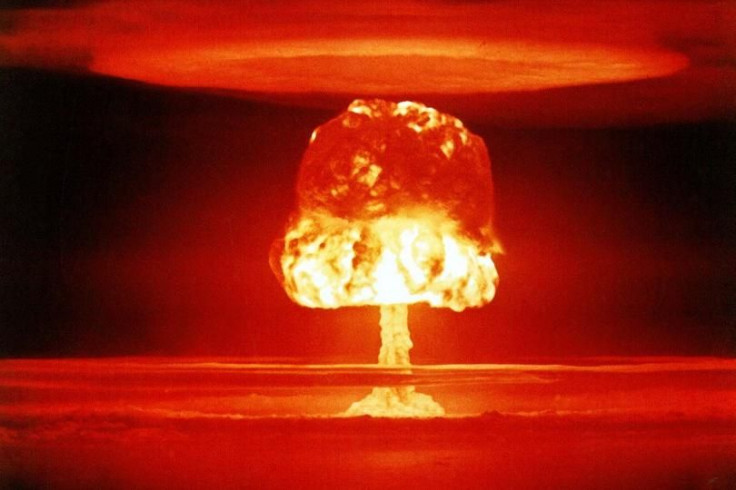How To Survive A Nuclear Attack: Experts Suggest You Should Avoid These Locations
KEY POINTS
- Researchers used advanced computer modeling to simulate a nuclear explosion
- They wanted to see how an intercontinental ballistic missile would impact the buildings
- Windows, corridors, and doors are the places to avoid while taking shelter
The threat of a nuclear explosion is looming large as the war between Russia and Ukraine grows more intense every day.
In this regard, scientists have found the best way for people to shelter during a nuclear attack, using simulated explosion models.
The study, published in the journal Physics of Fluid, found three most dangerous places in a shelter during a nuclear blast. The scientists from Cyprus advised these places should be avoided to increase the chances of survival.
"The most dangerous critical indoor locations to avoid are the windows, the corridors, and the doors," lead author Dr. Ioannis Kokkinakis from the University of Nicosia said in a media release. "People should stay away from these locations and immediately take shelter. Even in the front room facing the explosion, one can be safe from the high airspeeds if positioned at the corners of the wall facing the blast."
For their study, researchers used advanced computer modeling to analyze how a nuclear explosion from an intercontinental ballistic missile would impact the buildings.
While some of the buildings outside the immediate blast zone will be destroyed, concrete structures might hold their integrity. However, being in a sturdy structure is not a guarantee as there will be risks of serious injury, the study found.
Finding a safe place quickly will be imperative since the time between the explosion and the blast wave is only a few seconds.
"Before our study, the danger to people inside a concrete-reinforced building that withstands the blast wave was unclear," study author Dimitris Drikakis said, SkyNews reported. "Our study shows that high airspeeds remain a considerable hazard and can still result in severe injuries or even fatalities."
According to the results, sheltering in a sturdy infrastructure is not enough to avoid injury. Tight spaces can exacerbate the situation. Due to the blast wave, air can bounce off walls and bend around corners. In some cases, it can produce a force of up to 18 times a human's body weight.
The speed can be strong enough to lift people into the air, increasing the risk of injury.
Also, there are many other factors to consider in a nuclear attack. Close proximity leads to instant vaporization, and radiation is a serious health threat even at a distance.
"Additionally, there will be increased radiation levels, unsafe buildings, damaged power and gas lines, and fires," Drikakis noted. "People should be concerned about all the above and seek immediate emergency assistance."
While the researchers hope a need for their advice never arises, they believe their study can help guide rescue efforts and reduce casualties if a situation like this materializes.
In other news, with an estimated 80-90 nuclear weapons currently in its possession, North Korea wants to build a nuclear arsenal of 300 weapons, according to a new analysis released by a South Korean government think tank.

© Copyright IBTimes 2024. All rights reserved.





















